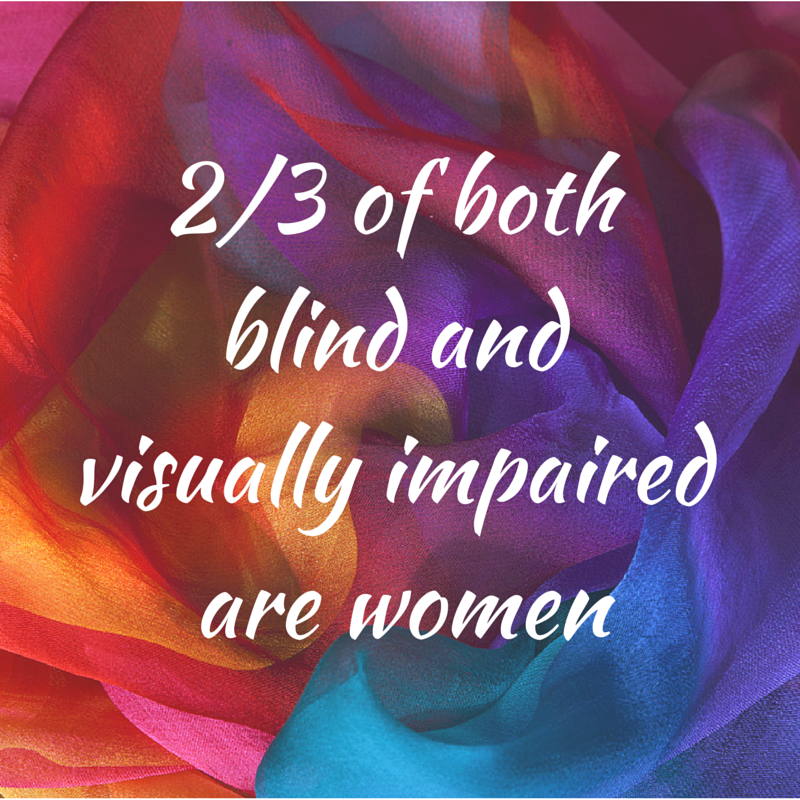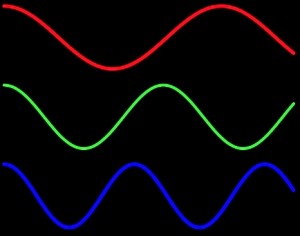
Summer is almost here, whether you’re hanging out in the backyard pool, at the beach or spending quality time outdoors with family, it’s important to remember your eye safety — no matter how much fun you are having.
Cornea burn, dry eye, tired eyes, pain and allergies are some of the common eye issues of the summer season. When people think of sunburns, the focus mostly is on skin but very few are aware of the fact that excessive heat and harmful UV rays can also lead to corneal burns, a condition where one gets blurry vision, dryness and a gritty feeling in the eye.
To help keep your eyes healthy, we’ve outlined 10 easy ways to protect them and still enjoy your time in the sun.
1. Sunglasses with Complete Ultraviolet Protection
As sunscreens are essential for skin, so are sun glasses for eyes. When you are stepping out in the peak summers, go for oversized shades as it will provide extra protection to your eyes. Shades protect the eyes from cornea burn from the damaging UV rays. Some of the major symptoms of cornea burn are dryness, discomfort and tearing up. Be sure to use sunglasses that filter out UV rays.
2. Avoid Sunburned Eyes
Sunburned eyes, also known as photokeratitis, is a painful eye condition that occurs when your eye is exposed to UV rays, either from the sun or from a man-made source.
This can happen when sunlight shines off the water, sand, snow, or other highly reflective surfaces into your eyes. These UV rays burn the surface of your eye and can cause pain, redness, blurriness, and even temporary vision loss. To prevent photokeratitis, wear 100% UV protection sunglasses when outdoors and appropriate eye protection when working with UV light.
3. Keep Your Eyes Moisturized
When you’re spending time outdoors, the heat and dry winds can irritate your eyes and can cause a condition called dry eye. The summer environment affects the tear film of the eye, drying out your eye’s surface.
Dry eye is a common condition but you’re at a higher risk of experiencing dry eye if you wear contact lenses or suffer from seasonal allergies. To protect your eyes in these conditions, use artificial tears to keep your eyes moist and refreshed.
4. Wash your hands frequently
This is one of the simplest and best ways to block all sorts of health disorders and infections around you. It protects the eyes and other parts of the body from bacterial and virus infections.
5. Follow Swimming Best Practices
Bodies of water such as lakes, rivers, and even swimming pools can be contaminated with bacteria and other microorganisms. This makes it very risky to wear contact lenses while swimming because the organisms can get underneath the contacts and cause an infection.
Goggles can reduce the contamination and irritation, but it’s still a best practice to splash your eyes with fresh water after getting out of the pool.
6. Wear Eye Protection While Working Outside
The summer months are a great time for home improvement and yard work, but this is when many accidents can happen with your eyes. Before beginning work in the yard or around the house, be sure to clear the area of any debris that could become airborne and injure your eye.
Simply wearing protective eyewear can reduce your risk for eye injury by 90%. Try to find wrap-around eyewear that protects the eyes from the sides as well. Most hardware stores carry excellent protective eyewear.
7. Keep Sunscreen Out of Your Eyes
During the summer, there’s a high chance you will get sunscreen or bug spray in your eyes. We’ve all had it happen to us and it’s very uncomfortable when it does. Next time, try to apply sunscreen very carefully and slowly around your face. Try to avoid your eyes and eyelids. Dermatologists recommend using mineral-based sunscreens because they stick to your skin and are less likely to run into your eyes.
If you do get sunscreen in your eyes, use fresh water to flush them out immediately.
8. Wear a hat
Hats aren’t just a fashion accessory, they are also a great way to protect your eyes from the glare of the sun! Add an extra layer of protection this summer by wearing a hat with a wide brim or a sun visor to keep your eyes comfortable.
9. Eat Healthy
Summer is an easier time to eat healthy fruits and vegetables. Tomatoes, zucchini, green peppers, melon, and peaches can be found just about anywhere and are great sources of healthy nutrients for your eyes. Omega-3 fatty acids benefit your eyes as well, so don’t forget to eat seeds and nuts.
In addition, always drink plenty of water during the summer. Dehydration even affects your eyes, which in turn can lead to blurry vision and blurred vision headaches.
10. Keep Up with Your Eye Appointments
It’s important to get regular eye exams every year to keep your eyes healthy, so don’t skip out during the summer. Regular exams can help identify issues before they get worse.











